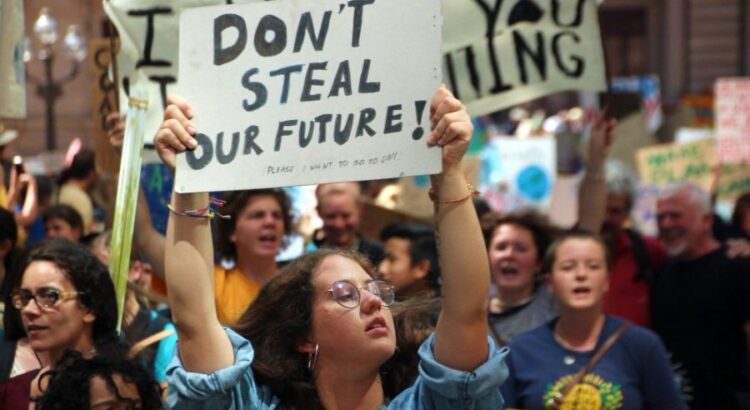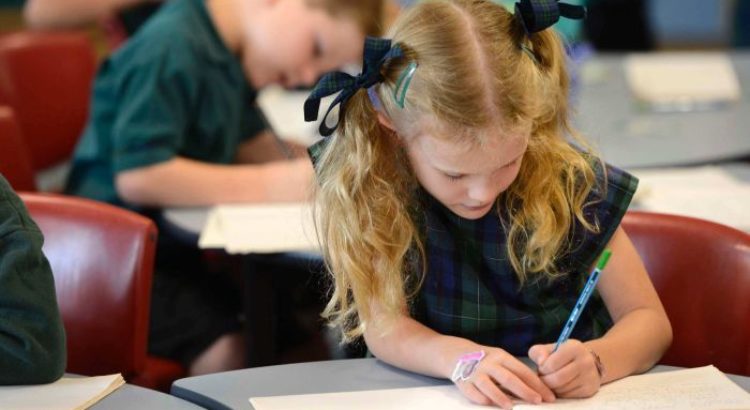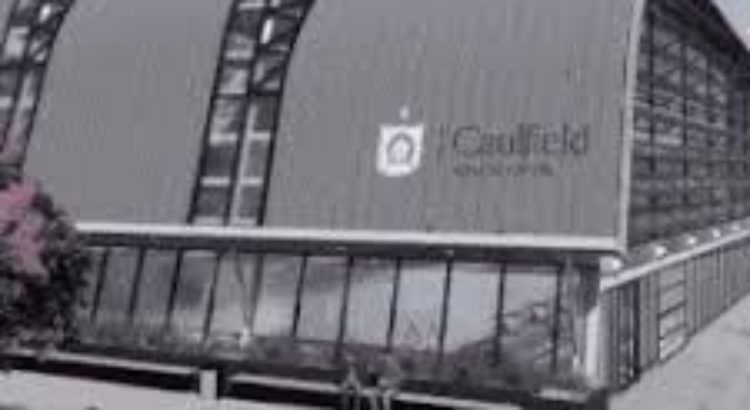Por: theaustralian.com.au/ Helen Zimmerman/14-03-2018
We have entered the fourth industrial revolution, a world of automation, machine learning and networked cognition where technologies link the physical, digital and biological spheres.
Progress with artificial intelligence is contributing to a social transformation happening 10 times faster and at 300 times the scale of the first industrial revolution.
Manual, routine and rule-based jobs that can be done better and faster with networked cognition are being automated. Seventy-five per cent of future jobs will involve science, technology, engineering and mathematics, using skills in data science, coding, software architecture, data analytics, cybersecurity and bioinformatics, among others.
We also know workers will require transferable enterprise skills in future workplaces. These are not role or industry-specific but enduring capabilities such as problem solving, multidisciplinary teamwork, cross-cultural competency, user-centred system design, communication skills, creativity, and social, emotional and digital intelligences. These are the human skills that augment artificial intelligence and cannot be automated.
The human cost of moving to the new industries and workplaces will be profound. Changes will affect workers in all industries and at all levels but particularly those with low levels of educational attainment and those working in industries and jobs that will no longer exist.
Globally, we are talking about upwards of 100 million people requiring skilling, reskilling and upskilling in a short time.
To meet this challenge we will need new ways of learning, new skills and new mindsets that are continually refreshed across our lifetimes.
The delivery of higher-order technical skills and expert knowledge, as well as transferable enterprise skills, cannot be satisfied solely by our present tertiary systems, which were designed for a different era.
These are not skills or mindsets embedded in our traditional systems or in the capability sets of many of our teachers, trainers and academics.
Our education systems are interdependent, powerful forces developed in response to the second industrial revolution which required mass standardised instruction and assessment. In their present form they no longer are fit for purpose. Moving to the future world of work requires on-demand learning that is able to be personalised and differentiated in a meaningful, consistent and scalable way.
We know there is much innovation and change occurring within many vocational and higher education institutions. Universities are at the frontiers of new knowledge, undertaking research that seeks to address many of the world’s “wicked problems”. Higher education and vocational institutions also are working with industry to deliver applied, industry relevant training.
However, we need to recognise that traditional models of education and training do not allow us to respond at the speed and scale demanded of us by learners and industry. We need fast, collaborative, “joined-up” action. We do not have the luxury of incremental innovation and development.
In late 2016 Navitas Ventures, in collaboration with Quid, began researching digital educational innovation, mapping 15,000 education technology companies across 50 countries. The research identified 26 organic clusters of educational innovation, measuring scale, investment, traction and disruptive potential. Navitas Ventures then grouped these clusters into a next-generation learning life cycle that explains the learning journey of the future.
Traditional higher education institutions are most active in engaging in the earlier phases of this cycle; for example, using digital technologies for courseware, student and teacher management systems, and enrolment and admissions systems, all of which enhance the student experience.
Learners increasingly are focused on ways of financing education, career planning and new ways of learning, such as boot camps, that develop the skills and capabilities employers need. The research also showed that ed-tech innovators are moving ahead of traditional educational institutions in providing solutions that put learners in control, connecting them directly to learning that meets their needs.
The increasing importance of aligning with career skills and employability has been a message from learners across several years.
In 2013, iGraduate presented survey results of 161,800 international students from 13 countries, including Australia. Consistently, learners were least satisfied with their study institutions in the areas of work experience, career advice and employability.
Business is key in the identifying where the skills shortages are now and where they will be into the future.
In 2016, the Business Council of Australia put out a guide to what employers want. Increasingly, multinational companies are not recruiting on an applicant’s undergraduate degree but on their portfolio of experience, skill sets and demonstrated capabilities. Companies such as IBM, Cisco and PricewaterhouseCoopers have integrated reskilling and continuous learning into their workplaces.
To match this trend, we are seeing the rise of credentialling systems that recognise formal and informal sources of knowledge; that are open, flexible, portable and personalised. If our vocational and higher education systems are not able to meet the needs of industry, these large businesses will do it themselves or use the products and services of the ed-tech innovators. Small to medium businesses, which employ about 68 per cent of Australians, rely on our vocational and higher education systems for skilled workers. If our systems cannot meet their future needs they will turn increasingly to low-cost “just in time” digital solutions.
Australia’s future productivity and prosperity hinges largely on our ability to harness education and training to deliver the knowledge, skills and new mindsets required by industries and workplaces of the future. This is a national imperative; a call to arms.
The scale and urgency of transforming our industries, workforces and education and training systems require collaborative action now. We need to put aside partisan politics, ideological-based policy design and systems that allow only incremental rather than transformational responses.
If our vocational and higher education systems fail to deliver learning and skills for future workforces, there is a world of others who will do so. Learners and industry will not wait.
Helen Zimmerman is an adviser at Navitas.
*Fuente: https://www.theaustralian.com.au/higher-education/opinion/in-the-fourth-industrial-revolution-we-need-an-education-overhaul/news-story/6a7705967731f3413d6bb52c0872e8fa
































 Users Today : 72
Users Today : 72 Total Users : 35460203
Total Users : 35460203 Views Today : 103
Views Today : 103 Total views : 3418886
Total views : 3418886